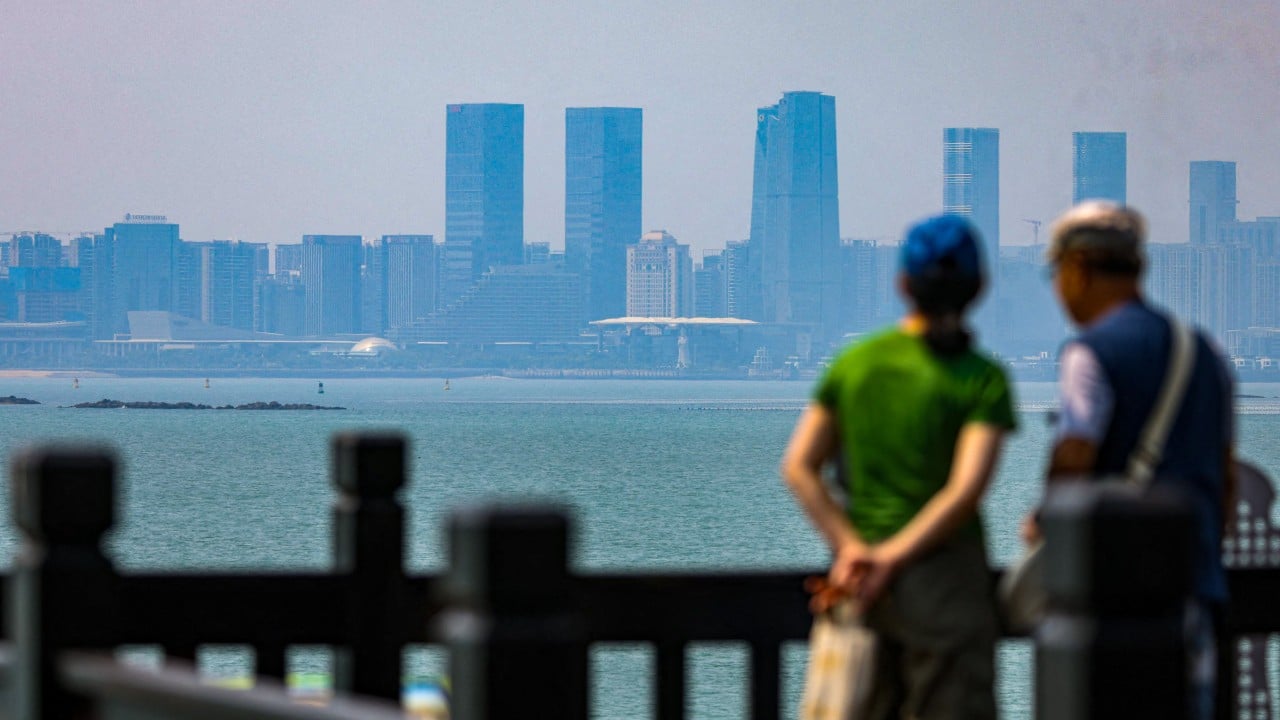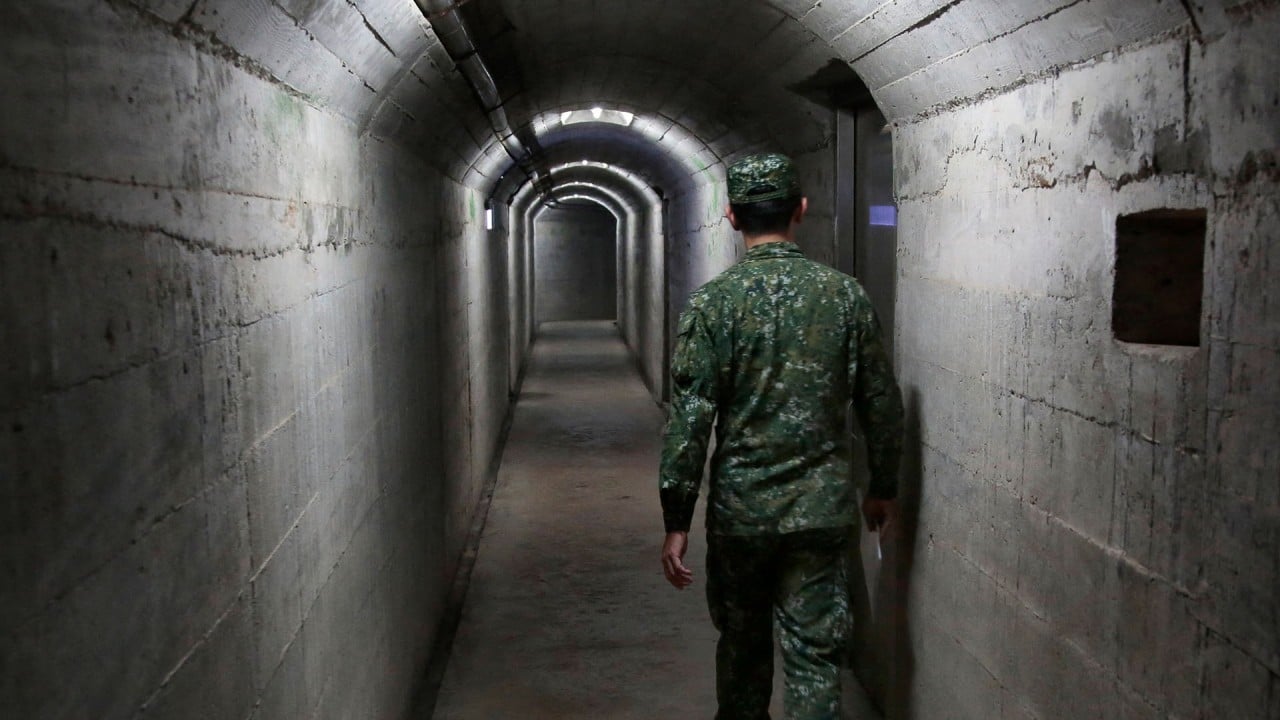On Quemoy Island, off the coast of Fujian province in mainland China, people passing the statue of Chiang Kai-shek in the main residential area of Jincheng can see an inscription in Chinese characters: “Saviour of the Nation”.
Advertisement
In 2025, it is an oddity for both Taiwanese and mainland Chinese alike.
In Taiwan, the ruling Democratic Progressive Party (DPP) has moved to erase Chiang Kai-shek’s legacy, with some viewing Chiang as a symbol of dictatorship and authoritarian rule, while on the mainland the man once seen as an enemy of the Communist Party is now a symbol of historical connection between the two sides of the strait.
Quemoy county has a population of 130,000 and consists of Quemoy Island, Little Quemoy Island and several islets. It is less than 10km (6.2 miles) from the mainland city of Xiamen but is administered by Taipei authorities based 200km away.
Once a front line in the Taiwan Strait conflict, Quemoy, also known as Kinmen, has transformed from a heavily militarised zone into a quiet community caught between two competing political systems. But a day trip to the island in mid-June and on-the-ground interviews show the clear limits both Beijing and Taipei face in influencing the island.
Advertisement
During periods of military stand-off between the two sides, Quemoy has been seen as a model by Taipei for promoting its system of governance as opposed to the socialist system on the other side. The leadership in Taipei still touts it as a front line to deter the People’s Liberation Army.


